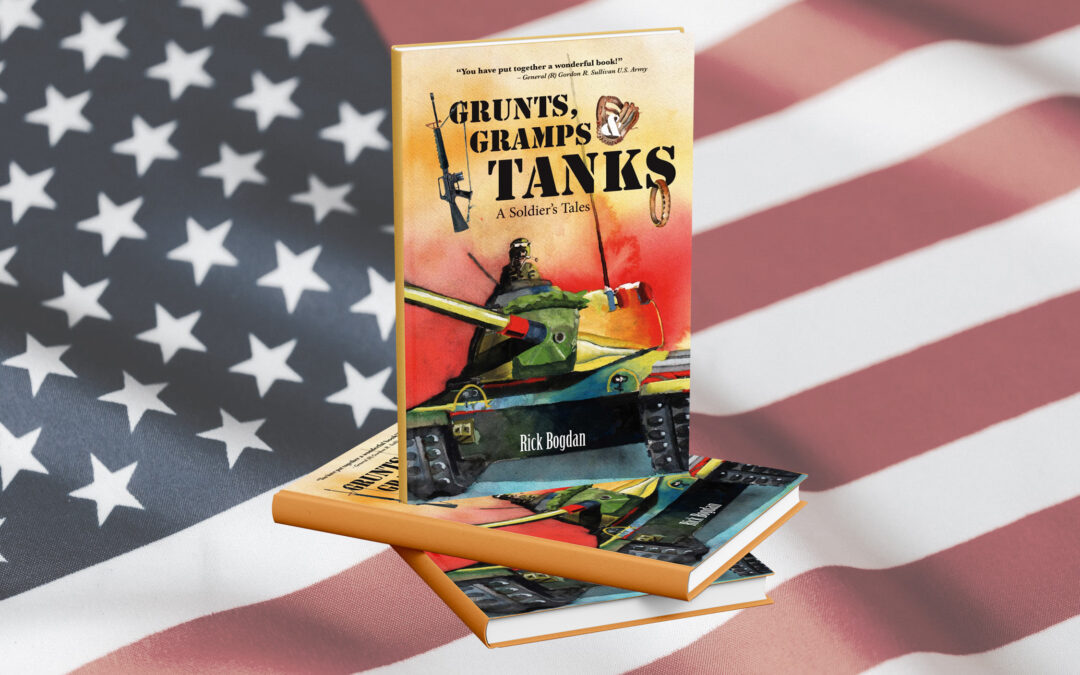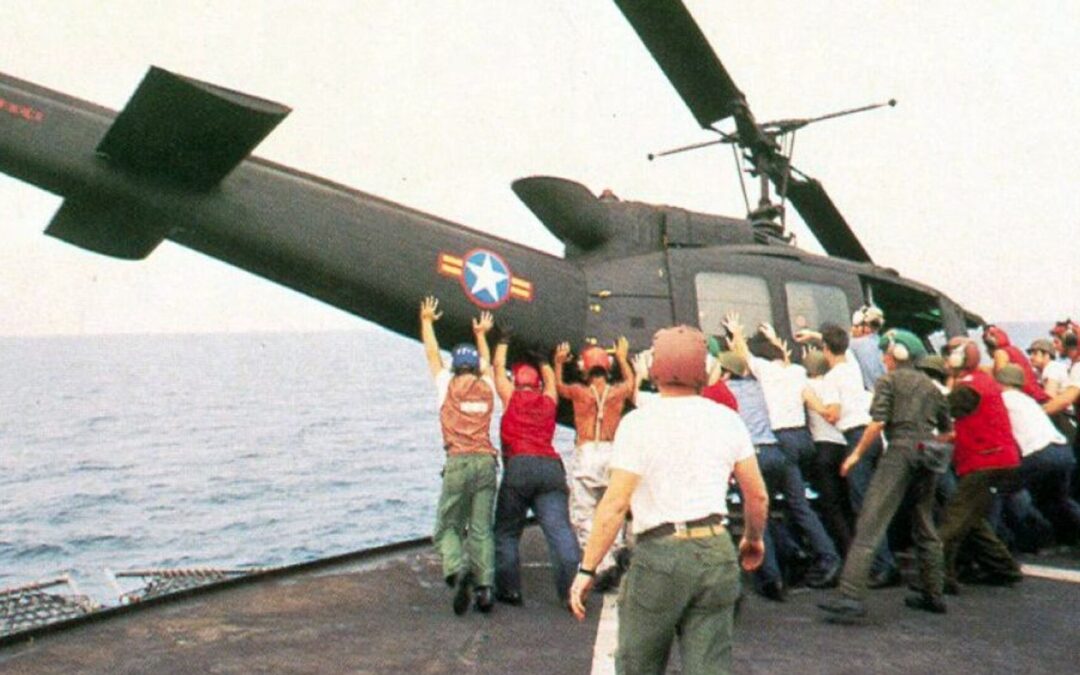Women have been involved in aviation from the beginnings of both lighter-than air travel and as airplanes, helicopters and space travel were developed. Women pilots were also formerly called "aviatrices". During World War II, women from every continent helped with war efforts and though mostly restricted from military flight many of the female pilots flew in auxiliary services. Americans Refused to Believe the War Was Inevitable Like most Americans in the late 1930s, President Franklin Roosevelt was not eager for the United States to get embroiled in a global military conflict. However, unlike fervent isolationists, he felt it was inevitable over time and began taking some steps in preparation for such an eventuality. He pushed Congress into doubling the size of the Navy, creating a draft (approved by a close vote of 203 to 202), provided military hardware to friendly foreign nations, and ordered the Navy to attack German submarines that had been preying on ships off the...











